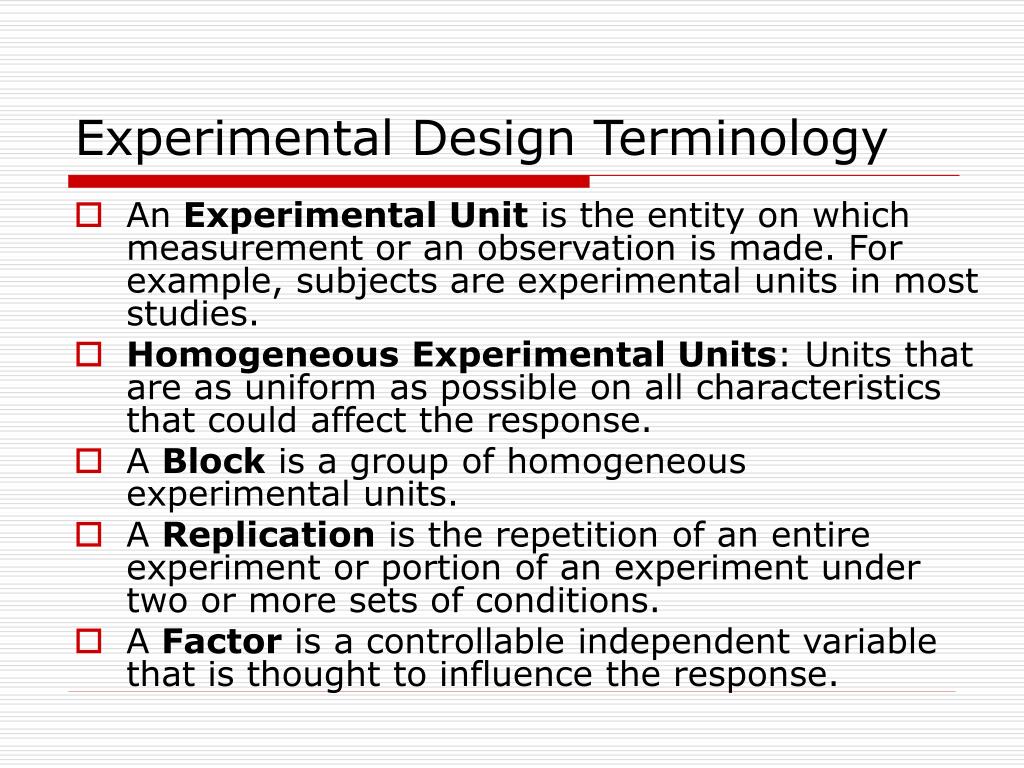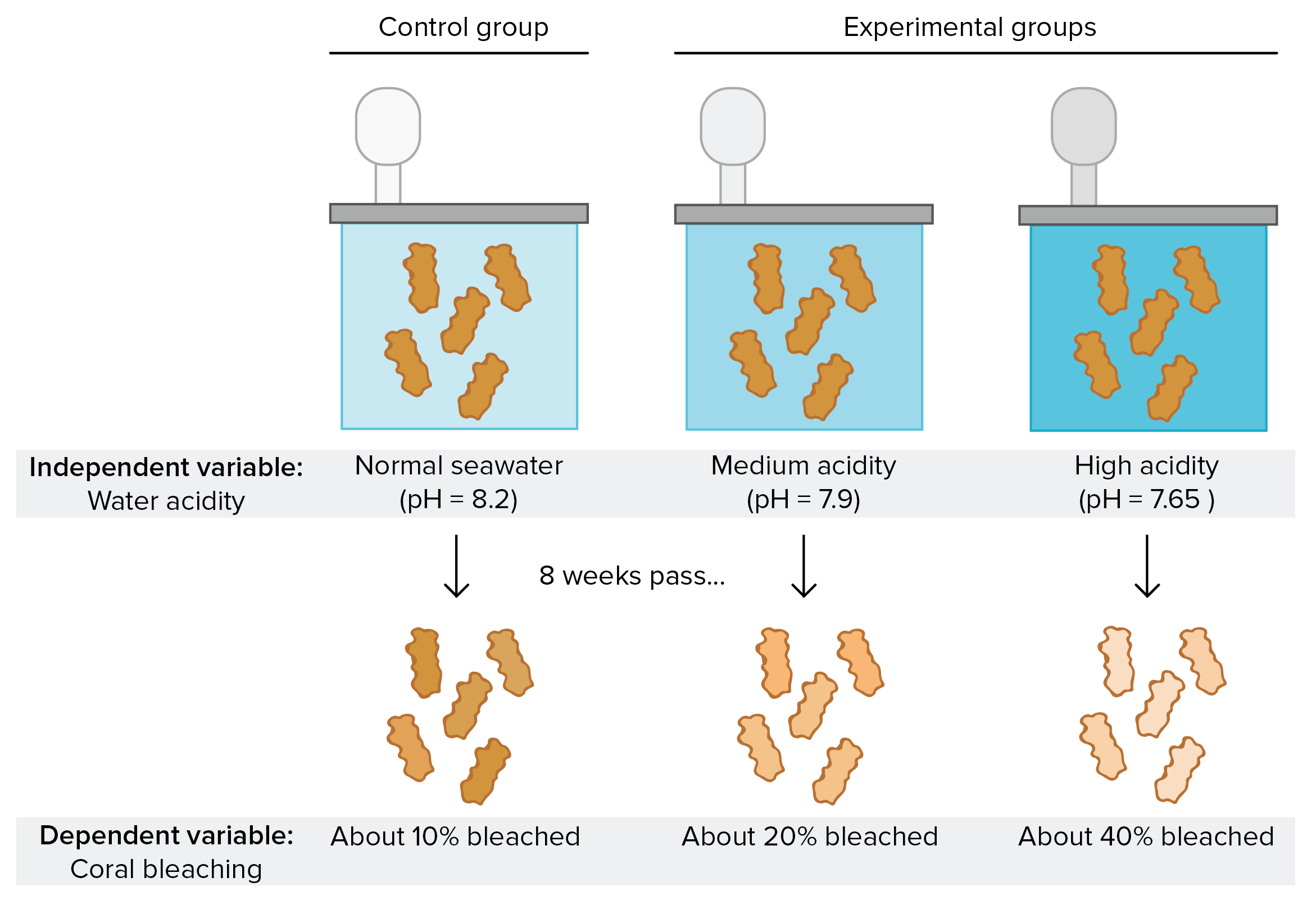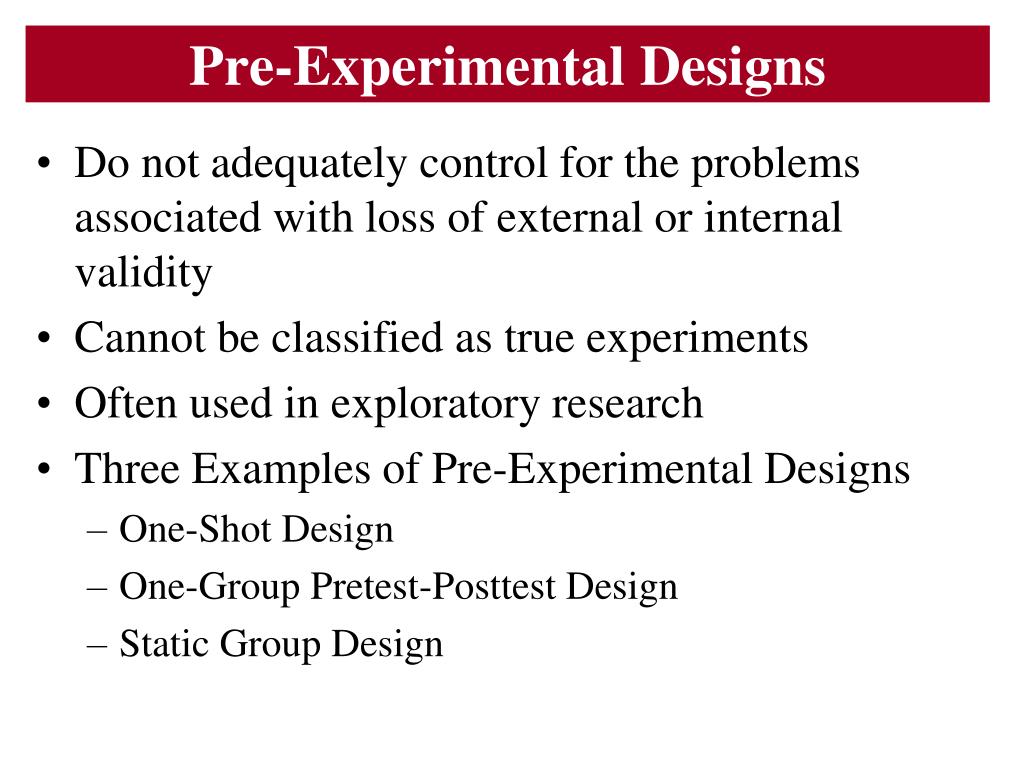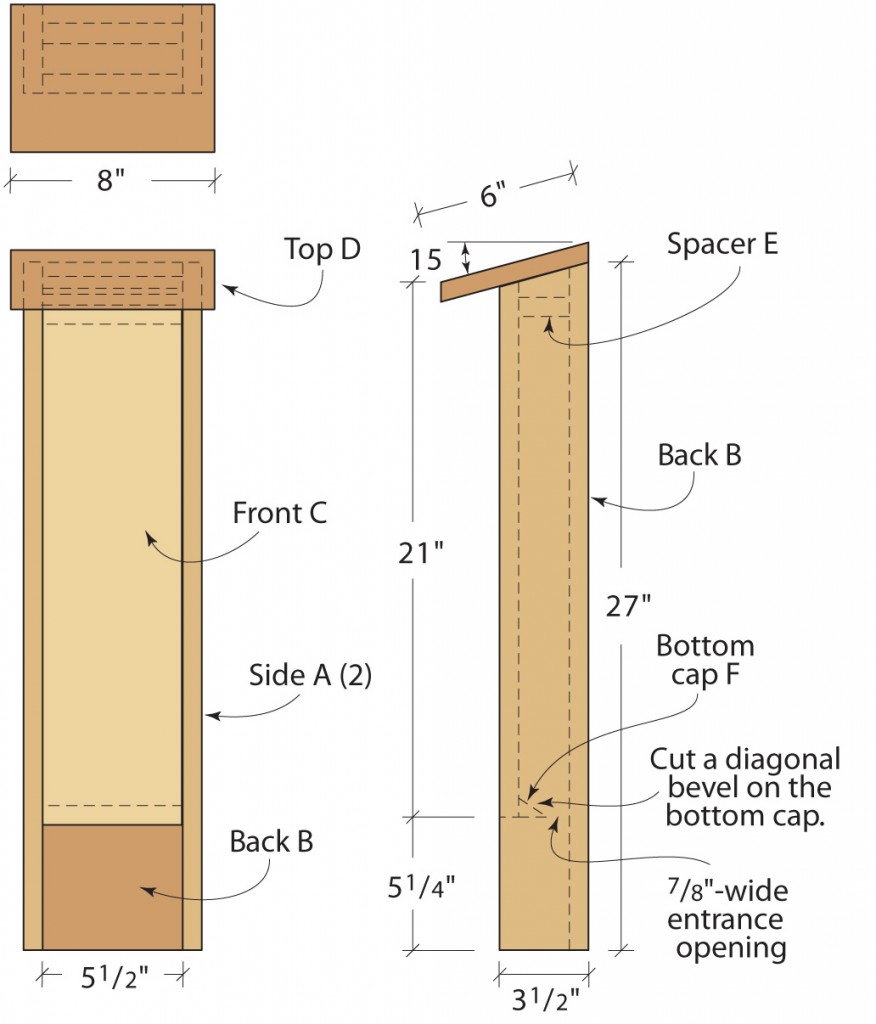Table Of Content

Counterbalancing involves subjecting half of the participants to the first condition first and the other half to the second condition first. This way, it is possible to determine how order effects influenced the results. This approach eliminates the potential individual differences between groups, which is a confounding variable.
Discussion topics when setting up an experimental design
Before you can start designing your research, you should already have a clear idea of the research question you want to investigate. Without proper controls and safeguards, unintended consequences can ruin our study and lead to wrong conclusions. Although order effects occur for each participant, they balance each other out in the results because they occur equally in both groups. Experimental research design lay the foundation of a research and structures the research to establish quality decision making process.
Theory-guided experimental design in battery materials research - Science
Theory-guided experimental design in battery materials research.
Posted: Wed, 11 May 2022 07:00:00 GMT [source]
True experimental research design

In traditional randomization, participants are allocated to different groups purely by chance. This is a pretty fair way to do things, but it can sometimes lead to unbalanced groups. For instance, if a new drug is showing really promising results, the study might be adjusted to give more participants the new treatment instead of a placebo.
Data management
It offered a more nuanced way of understanding the world, proving that sometimes, to get the full picture, you've got to juggle more than one ball at a time. So next time you read about a groundbreaking discovery in medicine or technology, chances are a True Experimental Design was the VIP behind the scenes, making sure everything was on point. It's been the go-to for rigorous scientific inquiry for nearly a century, and it's not stepping off the stage anytime soon.
Picture a soccer coach trying to create the most balanced teams for a friendly match. They wouldn't just randomly assign players; they'd take into account each player's skills, experience, and other traits. In the world of research, Bayesian Designs are most notably used in areas where you have some prior knowledge that can inform your current study. Imagine you're a detective, and halfway through solving a case, you find a clue that changes everything. You wouldn't just stick to your old plan; you'd adapt and change your approach, right?

You may also choose to use or adapt existing materials designed to measure the concept you’re interested in – for example, questionnaires or inventories whose reliability and validity has already been established. But often you’ll be dealing with more abstract concepts, like satisfaction, anxiety, or competence. Operationalisation means turning these fuzzy ideas into measurable indicators.
Independent Measures
In some way, this design combines the best of both words – it allows us to minimise both the order effects and the individual differences. Random assignment means that each participant has a 50% chance of being assigned to either group. When you have two conditions, this could be done by flipping a coin when assigning each participant to the group or using a random number generator. Correlational, or non-experimental, research is research where subjects are not acted upon, but where research questions can be answered merely by observing subjects.
Types of Experimental Design
Researchers using this design collect all their data at one point, providing a kind of "snapshot" of whatever they're studying. With Longitudinal Design, instead of measuring something just once, researchers come back again and again, sometimes over many years, to see how things are going. This helps them understand not just what's happening, but why it's happening and how it changes over time. Factorial designs are widely used in psychology to untangle the web of factors that influence human behavior. They're also popular in fields like marketing, where companies want to understand how different aspects like price, packaging, and advertising influence a product's success. Imagine juggling not just one, but multiple balls in the air—that's what researchers do in a factorial design.
With three conditions, there would be six different orders (ABC, ACB, BAC, BCA, CAB, and CBA), so some participants would be tested in each of the six orders. With four conditions, there would be 24 different orders; with five conditions there would be 120 possible orders. With counterbalancing, participants are assigned to orders randomly, using the techniques we have already discussed. Thus, random assignment plays an important role in within-subjects designs just as in between-subjects designs.
Create your experimental design with a simple Python command by Tirthajyoti Sarkar - Towards Data Science
Create your experimental design with a simple Python command by Tirthajyoti Sarkar.
Posted: Wed, 04 Jul 2018 02:31:34 GMT [source]
In a within-subjects design (also known as a repeated measures design), every individual receives each of the experimental treatments consecutively, and their responses to each treatment are measured. Repeated Measures design is an experimental design where the same participants participate in each independent variable condition. This means that each experiment condition includes the same group of participants. These are pre-experimental research design, true experimental research design, and quasi experimental research design.
You should aim for reliable and valid measurements that minimise bias or error. One member of each matched pair must be randomly assigned to the experimental group and the other to the control group. Experimental research contains dependent, independent and extraneous variables. The dependent variables are the variables being treated or manipulated and are sometimes called the subject of the research. In this type of experimental study, only one dependent group or variable is considered. The study is carried out after some treatment which was presumed to cause change, making it a posttest study.











